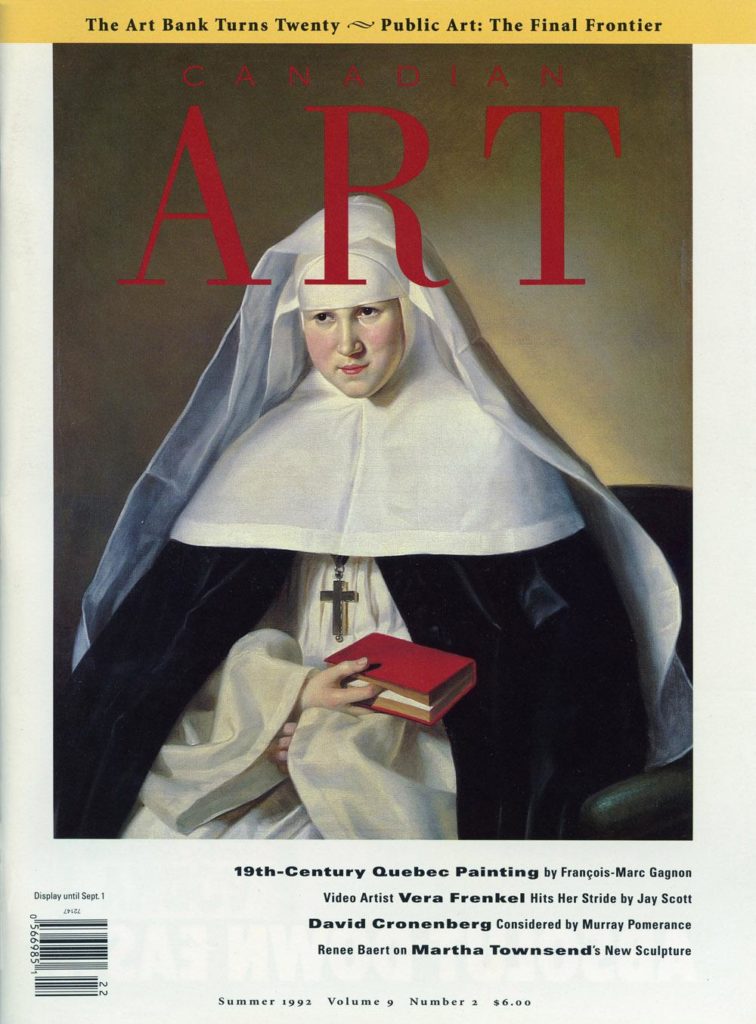A major exhibition of historical Quebec art is currently travelling across Canada. Entitled La Peinture au Québec 1820–1850: nouveaux regards, nouvelles perspectives, this huge show—it contains 270 works by seventy artists—was launched by the Musée du Québec in Quebec City, and its trajectory includes Ottawa (where it was on show this spring), Vancouver, Halifax, and Montreal.
The itinerary sounds familiar in these days of constitutional debates, but it is not only the itinerary that should ring a bell. La Peinture au Québec raises one of the most fundamental issues in the current constitutional controversy: the distinct character of Quebec society, vividly portrayed in its art of the past. This is not to suggest that those responsible for the exhibition—a team of curators under the direction of Mario Béland—were politically motivated (worse even, manipulated) in their organizing of the show. Their aim was plainly scholarly, as the very authoritative catalogue they produced amply demonstrates.
The “new outlook” and the “new perspectives” mentioned in the exhibition’s subtitle allude to their social art-history approach, as well as to a host of discoveries they made while preparing the show. In the process they have substantially reinterpreted most of the better-known pictures presented here, such as Théophile Hamel’s Autoportrait au paysage or Antoine Plamondon’s Soeur Sainte-Anne. As well, they present a host of minor discoveries ranging from new dates and attributions to archival documents appealing to connoisseurs of Quebec art. Most importantly, this team of curators proposes a portrait of a whole society in a period of great political upheaval and soul-searching not so different from our own.
So begins our Summer 1992 cover story. To keep reading, view a PDF of the entire article.









